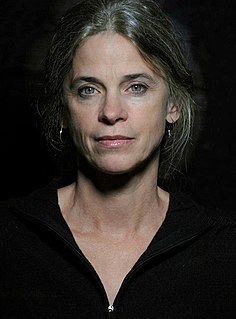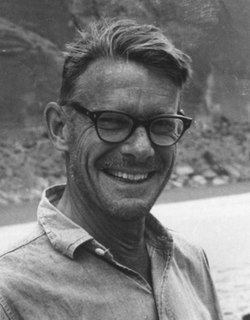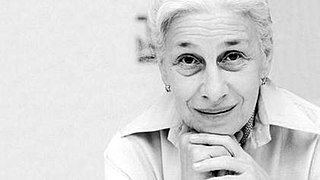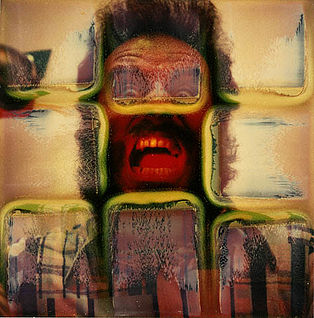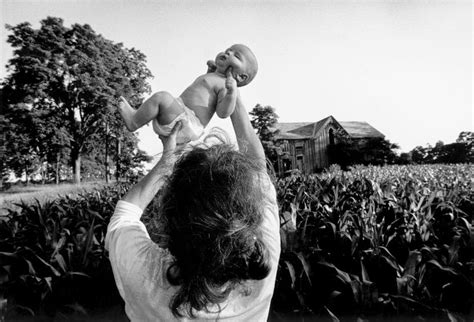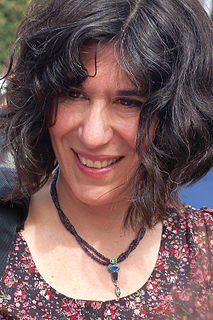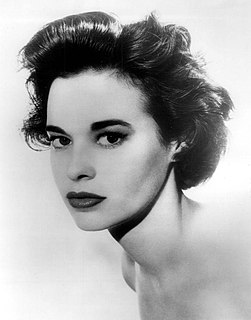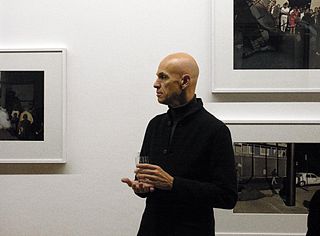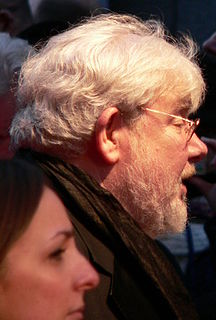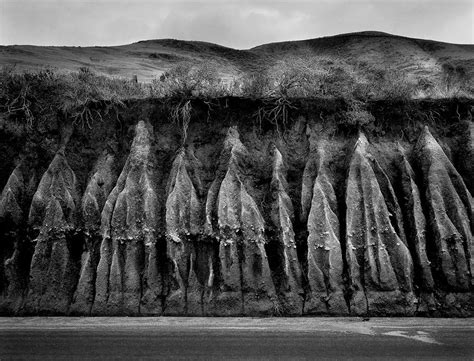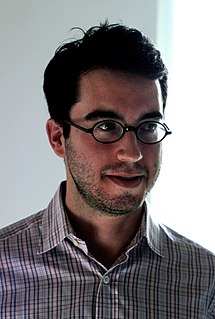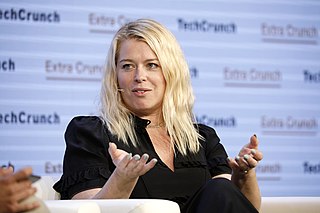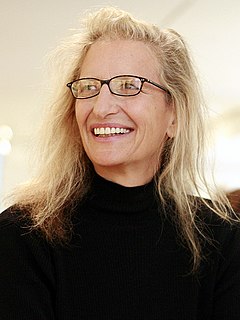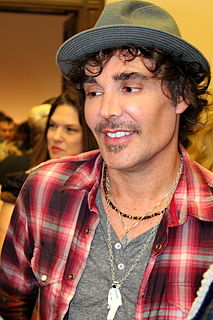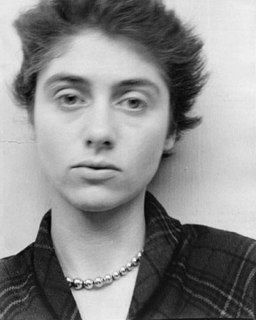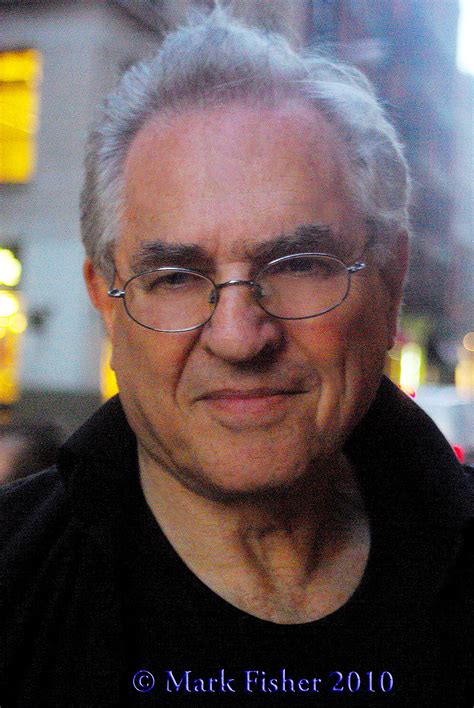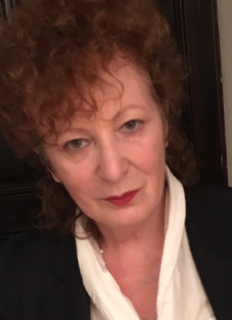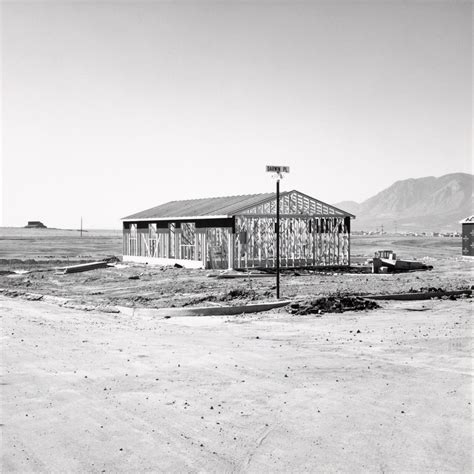A Quote by Sally Mann
I’m past photographing to see what things look like photographed.
Related Quotes
...I started photographing myself, and found that I could see portions of myself that I had never seen before. Since I face just my face in the mirror, I know pretty much what it's like. When I see a side-view I'm not used to it, and find it peculiar... So, photographing myself and discovering unknown territories of my surface self causes an interesting psychological confrontation.
As I became aware that all things have unique spatial and temporal qualities which visually define and relate them, I began to perceive the things I was photographing not as objects but as events. Working to develop my skills of perceiving and symbolizing these event qualities, I discovered the principle of opposites. When, for example, I photographed the smooth, luminous body of a woman behind a dirty cobwebbed window, I found that the qualities of each event were enhanced and the universal forces which they manifested were more powerfully evoked.
You can see the most beautiful things from the observation deck of the Empire State Building. I read somewhere that people on the street are supposed to look like ants, but that's not true. They look like little people. And the cars look like little cars. And even the buildings look little. It's like New York is a miniature replica of New York, which is nice, because you can see what it's really like, instead of how it feels when you're in the middle of it.
